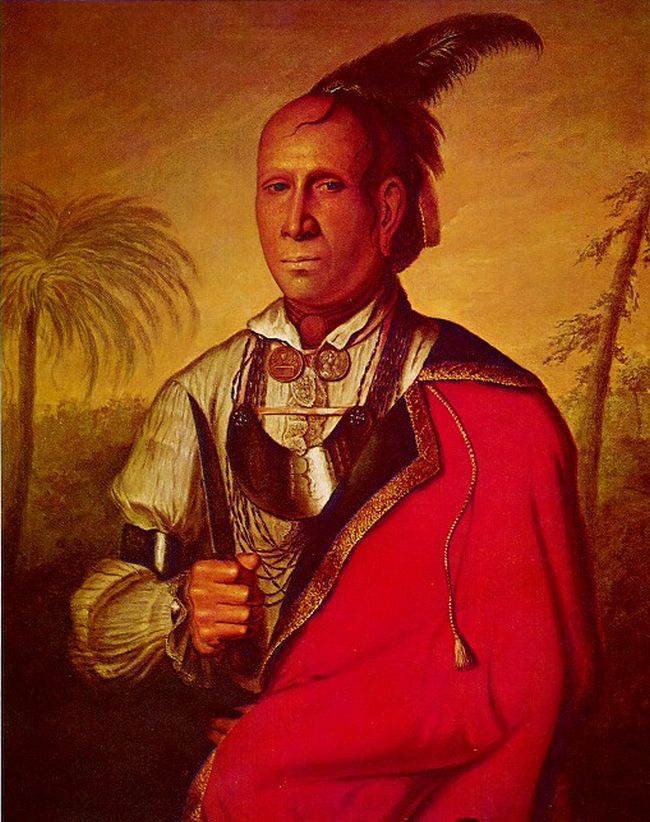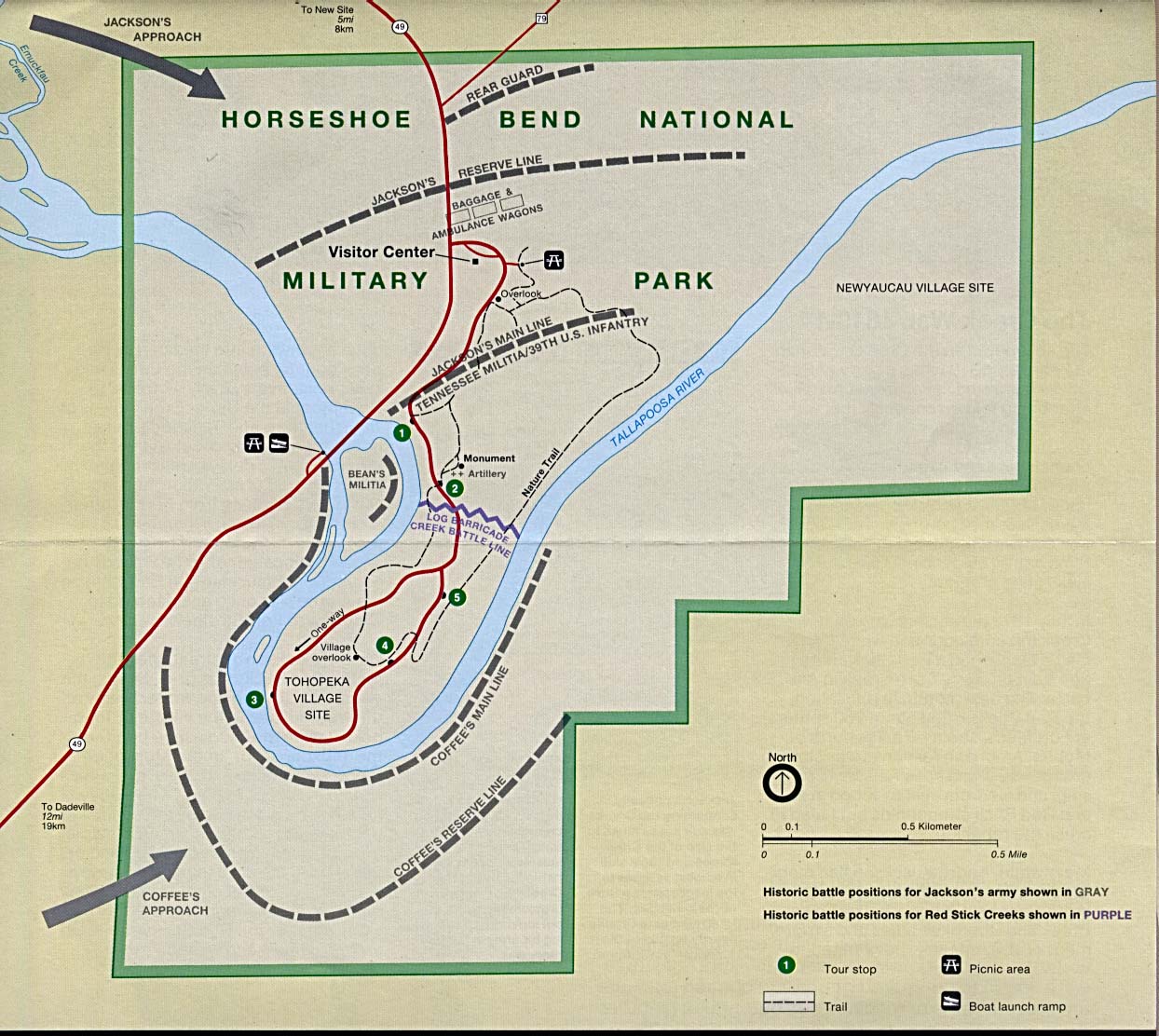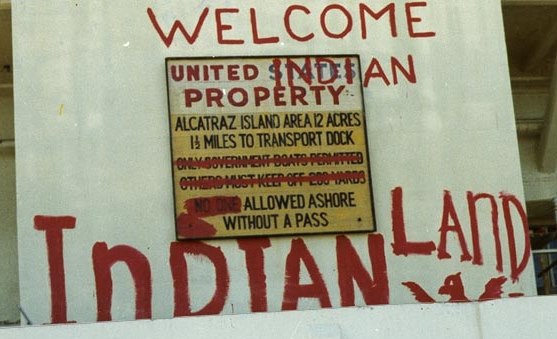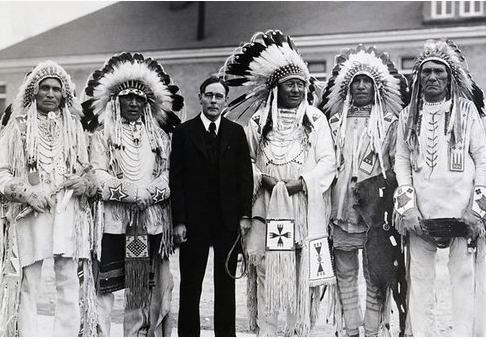|
J.B. Milam
Jesse Bartley Milam (1884–1949) was best known as the first Principal Chief of the Cherokee Nation appointed by a U.S. President since tribal government had been dissolved before Oklahoma Statehood in 1907. He was appointed by President Franklin D. Roosevelt in 1941, who reappointed him in 1942 and 1943; he was reappointed by President Harry S. Truman in 1948. He died while in office in 1949.J. B. Milam, McFarlin Library, University of Tulsa. ''Libraries & Cultures: Bookplate Archive.'' 2001 (retrieved 23 June 2009) Early life J. B. Milam, as he was commonly known, was born on March 10, 1884,Foreman, GrantJes ... [...More Info...] [...Related Items...] OR: [Wikipedia] [Google] [Baidu] |
Principal Chief Of The Cherokee Nation
Principal Chief is today the title of the chief executives of the Cherokee Nation, of the Eastern Band of Cherokee Indians, and of the United Keetoowah Band of Cherokee Indians, the three federally recognized tribes of Cherokee. In the eighteenth century, when the people were primarily organized by clans and towns, they would appoint a leader for negotiations with the Europeans. They called him ''Uku'', or "First Beloved Man". The title of "Principal Chief" was created in 1794, when the Cherokee began to formalize a more centralized political structure. They founded the original Cherokee Nation. The Cherokee Nation–East adopted a written constitution in 1827, creating a government with three branches: legislative, executive, and judicial. The Principal Chief was elected by the National Council, which was the legislature of the Nation. The Cherokee Nation–West adopted a similar constitution in 1833. In 1839 most of the reunited nation was reunited in Indian Territory, after for ... [...More Info...] [...Related Items...] OR: [Wikipedia] [Google] [Baidu] |
Sequoyah
Sequoyah (Cherokee language, Cherokee: ᏍᏏᏉᏯ, ''Ssiquoya'', or ᏎᏉᏯ, ''Se-quo-ya''; 1770 – August 1843), also known as George Gist or George Guess, was a Native Americans in the United States, Native American polymath of the Cherokee Nation. In 1821, he completed his independent creation of the Cherokee syllabary, making Reading (process), reading and writing in Cherokee possible. His achievement was one of the few times in recorded history that an individual who was a member of a pre-literate group created an original, effective writing system. His creation of the syllabary allowed the Cherokee nation to be one of the first North American Indigenous groups to have a written language. Sequoyah was also an important representative for the Cherokee nation, by going to Washington, D.C. to sign two relocations and trading of land treaties. After seeing its worth, the people of the Cherokee Nation (19th century), Cherokee Nation rapidly began to use his syllabary and ... [...More Info...] [...Related Items...] OR: [Wikipedia] [Google] [Baidu] |
Oklahoma Historical Society
The Oklahoma Historical Society (OHS) is an agency of the government of Oklahoma dedicated to promotion and preservation of Oklahoma's history and its people by collecting, interpreting, and disseminating knowledge and artifacts of Oklahoma. The mission of the OHS is to collect, preserve, and share the history and culture of the state of Oklahoma and its people. The society has the rare distinction of being both a Smithsonian Institution and National Archives and Records Administration affiliate. History The OHS was formed in May 1893, 14 years before Oklahoma became a state, by the Oklahoma Territorial Press Association. The initial function of the OHS was to collect and distribute newspapers published in Oklahoma Territory. The society was declared an agency of the territorial government in 1895, and it became an official state government agency when Oklahoma reached statehood in 1907. The OHS is both a private, membership organization and an Oklahoma government agency. Th ... [...More Info...] [...Related Items...] OR: [Wikipedia] [Google] [Baidu] |
Northeastern State University
Northeastern State University (NSU) is a public university with its main campus in Tahlequah, Oklahoma. The university also has two other campuses in Muskogee and Broken Arrow as well as online. Northeastern is the oldest institution of higher learning in the state of Oklahoma as well as one of the oldest institutions of higher learning west of the Mississippi River. Tahlequah is home to the capital of the Cherokee Nation of Oklahoma and about 25 percent of the students at NSU identify themselves as American Indian.Agnew, Brad. ''Encyclopedia of Oklahoma History and Culture''. "Northeastern State University The university has many courses focused on Native American linguistics, and offers Cherokee language Education as a major. Cherokee can be studied as a second language, and some classes are taught in Cherokee for first language speakers as well. History On May 7, 1851, the Cherokee Nation founded the Cherokee National Female Seminary at Tahlequah, the same year that it ope ... [...More Info...] [...Related Items...] OR: [Wikipedia] [Google] [Baidu] |
University Of Oklahoma
The University of Oklahoma (OU) is a Public university, public research university in Norman, Oklahoma. Founded in 1890, it had existed in Oklahoma Territory near Indian Territory for 17 years before the two Territories became the state of Oklahoma. In Fall 2022, the university had 29,705 students enrolled, most at its main campus in Norman. Employing nearly 3,000 faculty members, the school offers 152 Bachelor's degree, baccalaureate programs, 160 Master's degree, master's programs, 75 doctorate programs, and 20 majors at the first professional level. The university is Carnegie Classification of Institutions of Higher Education, classified among "R1: Doctoral Universities – Very high research activity". According to the National Science Foundation, OU spent $283 million on research and development in 2018, ranking it 82nd in the nation. Its Norman campus has two prominent museums, the Fred Jones Jr. Museum of Art, specializing in French Impressionism and Native Americans in the ... [...More Info...] [...Related Items...] OR: [Wikipedia] [Google] [Baidu] |
Harry S Truman
Harry may refer to: TV shows * ''Harry'' (American TV series), a 1987 American comedy series starring Alan Arkin * ''Harry'' (British TV series), a 1993 BBC drama that ran for two seasons * ''Harry'' (talk show), a 2016 American daytime talk show hosted by Harry Connick Jr. People and fictional characters *Harry (given name), a list of people and fictional characters with the given name *Harry (surname), a list of people with the surname *Dirty Harry (musician) (born 1982), British rock singer who has also used the stage name Harry *Harry Potter (character), the main protagonist in a Harry Potter fictional series by J. K. Rowling Other uses *Harry (derogatory term), derogatory term used in Norway * ''Harry'' (album), a 1969 album by Harry Nilsson *The tunnel used in the Stalag Luft III escape ("The Great Escape") of World War II * ''Harry'' (newspaper), an underground newspaper in Baltimore, Maryland See also *Harrying (laying waste), may refer to the following historical events ... [...More Info...] [...Related Items...] OR: [Wikipedia] [Google] [Baidu] |
Fairfield, Oklahoma
Fairfield is a census-designated place (CDP) in Adair County, Oklahoma, United States. The population was 584 at the 2010 census. History Mulberry Mission was founded in Pope County, Arkansas Territory, among the Western Cherokees by Dr. Marcus Palmer It was a branch of Dwight Mission, which moved to Indian Territory and was renamed as the Fairfield Mission, when most of the Cherokees were forced to move there from their former homes in the Southeast. In 1832, The mission established a lending library that contained about 150 books. Sited on Sallisaw Creek, about southwest of Stilwell, Oklahoma, the mission closed in 1859. No structures remain in place. The mission cemetery still remains, and it has been renamed as McLemore Cemetery. "Fairfield Mission." Accessed December 12, 2016. [...More Info...] [...Related Items...] OR: [Wikipedia] [Google] [Baidu] |
Wilma Mankiller
Wilma Pearl Mankiller ( chr, ᎠᏥᎳᏍᎩ ᎠᏍᎦᏯᏗᎯ, Atsilasgi Asgayadihi; November 18, 1945April 6, 2010) was a Native American ( Cherokee Nation) activist, social worker, community developer and the first woman elected to serve as Principal Chief of the Cherokee Nation. Born in Tahlequah, Oklahoma, she lived on her family's allotment in Adair County, Oklahoma, until the age of 11, when her family relocated to San Francisco as part of a federal government program to urbanize Native Americans. After high school, she married a well-to-do Ecuadorian and raised two daughters. Inspired by the social and political movements of the 1960s, Mankiller became involved in the Occupation of Alcatraz and later participated in the land and compensation struggles with the Pit River Tribe. For five years in the early 1970s, she was employed as a social worker, focusing mainly on children's issues. Returning to Oklahoma in the fall of 1976, Mankiller was hired by the Cherokee ... [...More Info...] [...Related Items...] OR: [Wikipedia] [Google] [Baidu] |
Oklahoma Indian Welfare Act
The Oklahoma Indian Welfare Act of 1936 (also known as the Thomas-Rogers Act) is a United States federal law that extended the 1934 Wheeler-Howard or Indian Reorganization Act to include those tribes within the boundaries of the state of Oklahoma. The purpose of these acts were to rebuild Indian tribal societies, return land to the tribes, enable tribes to rebuild their governments, and emphasize Native culture. These Acts were developed by John Collier, Commissioner of Indian Affairs from 1933 to 1945, who wanted to change federal Indian policy from the "twin evils" of allotment and assimilation, and support Indian self-government. The Thomas-Rogers Act was adopted in order to enable Native American tribes in Oklahoma to rebuild governments that had been dissolved in order to prepare the territories for Oklahoma being admitted as a state in the Union in 1907. As part of this effort also to encourage Native American assimilation, Indian land title was extinguished in Indian Ter ... [...More Info...] [...Related Items...] OR: [Wikipedia] [Google] [Baidu] |
Indian Reorganization Act
The Indian Reorganization Act (IRA) of June 18, 1934, or the Wheeler–Howard Act, was U.S. federal legislation that dealt with the status of American Indians in the United States. It was the centerpiece of what has been often called the "Indian New Deal". The major goal was to reverse the traditional goal of cultural assimilation of Native Americans into American society and to strengthen, encourage and perpetuate the tribes and their historic Native American cultures in the United States. The Act also restored to Indians the management of their assets—land and mineral rights—and included provisions intended to create a sound economic foundation for the residents of Indian reservations. The law did not apply to the territories—including what would become the state of Hawaii, and the state of Alaska—nor did they apply to the state of Oklahoma, which until McGirt v. Oklahoma, the McGirt case was regarded as having dissolved its reservations. In 1936 however, the rights of ... [...More Info...] [...Related Items...] OR: [Wikipedia] [Google] [Baidu] |
Five Civilized Tribes
The term Five Civilized Tribes was applied by European Americans in the colonial and early federal period in the history of the United States to the five major Native American nations in the Southeast—the Cherokee, Chickasaw, Choctaw, Creek (Muscogee), and Seminole. Americans of European descent classified them as "civilized" because they had adopted attributes of the Anglo-American culture. Examples of such colonial attributes adopted by these five tribes included Christianity, centralized governments, literacy, market participation, written constitutions, intermarriage with white Americans, and chattel slavery practices, including purchase of enslaved African Americans. For a period, the Five Civilized Tribes tended to maintain stable political relations with the European Americans, before the United States promoted Indian Removal of these tribes from the Southeast. In the 21st century, this term has been criticized by some scholars for its ethnocentric assumptions by Ang ... [...More Info...] [...Related Items...] OR: [Wikipedia] [Google] [Baidu] |
Curtis Act Of 1898
The Curtis Act of 1898 was an amendment to the United States Dawes Act; it resulted in the break-up of tribal governments and communal lands in Indian Territory (now Oklahoma) of the Five Civilized Tribes of Indian Territory: the Choctaw, Chickasaw, Muscogee (Creek), Cherokee, and Seminole. These tribes had been previously exempt from the 1887 General Allotment Act (Dawes Act) because of the terms of their treaties. In total, the tribes immediately lost control of about 90 million acres of their communal lands; they lost more in subsequent years. The act also transferred the authority to determine members of tribes to the Dawes Commission as part of the registration of members. Thus, individuals could be enrolled as members without tribal consent.Tatro, M. Kaye. ''Encyclopedia of Oklahoma History and Culture''. "Curtis Act By effectively abolishing the remainder of tribal courts, tribal governments, and tribal land claims in the Indian Territory of Oklahoma, the act enabled Oklahom ... [...More Info...] [...Related Items...] OR: [Wikipedia] [Google] [Baidu] |






